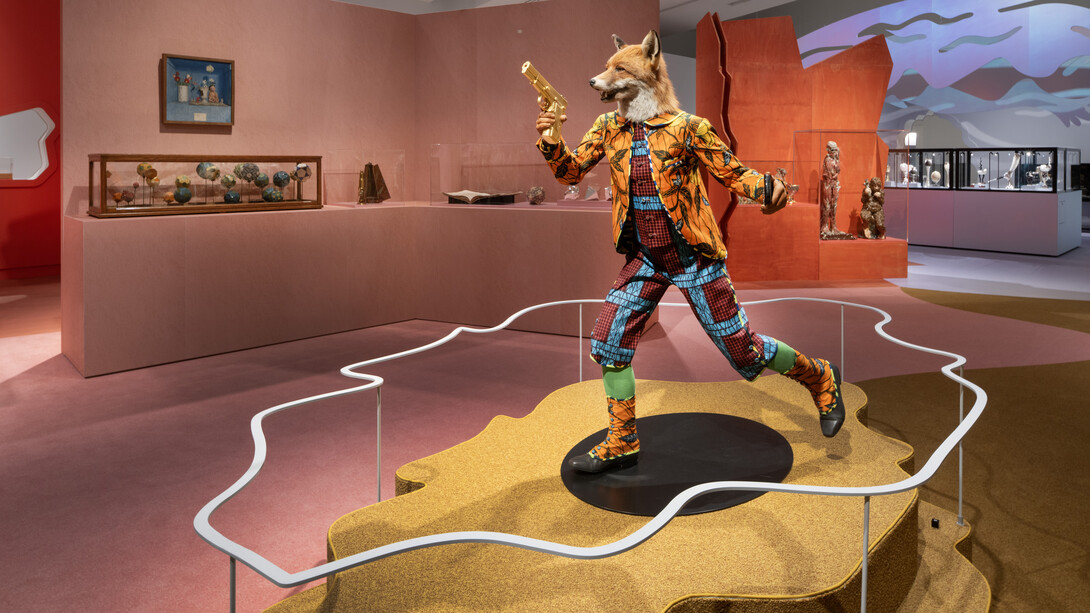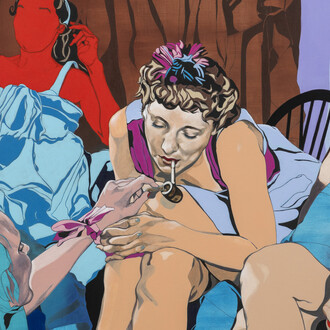A stuffed mechanical bear performing tricks, a mysterious dodo bone, anatomical models and splendid nautilus cups.
In the exhibition Microcosm – The world in a Wunderkammer, classical Wunderkammer objects, contemporary curiosities and visual art come together. A visual spectacle that brings the magic of collecting to life. Microcosm is also the farewell exhibition of general director Harry Tupan, who has pulled out all the stops for this grand Wunderkammer showcase.
Among those contributing to the project are tattoo artist Henk Schiffmacher, explorer Redmond O’Hanlon, writer and actor Ramsey Nasr and biologist Midas Dekkers. Objects from the collection of television maker and bibliophile Boudewijn Büch (1948–2002) are also on display, in collaboration with Teylers Museum.
Renowned collectors and collections
As curator, Tupan scoured far and wide in search of classical Wunderkammer objects. He invites you to step into one great artwork, where marvellous oddities sit side by side with striking contemporary pieces. It is a tribute to a world in which wonder, beauty and curiosity take centre stage.
In Microcosm, Tupan presents objects from the Drents Museum’s own collection, loans from institutions including the Rijksmuseum and the Naturalienkabinett Waldenburg, as well as a wide variety of pieces from private collections. Specially for this exhibition, well-known collectors with whom Tupan shares a close connection offer a glimpse into their own personal cabinets of curiosities.
Contemporary art
In Microcosm, classical Wunderkammer objects such as nautilus cups, mounted animals and anatomical models are shown alongside visual art. Contemporary artists including Daan Brouwer, Mark Dion and Dana Meyer take inspiration from the cabinets of curiosity of past centuries. Carolein Smit draws on a visual language that echoes the world of the Wunderkammer.
Jeroen Kuster invents entirely new biological species and creates collections of imagined plants and animals. Clary Mastenbroek draws inspiration from skulls, shells and skeletons, while Roos Holleman explores the textures of skin, hair, fur and feathers. In Microcosm you will encounter the work of 21 contemporary artists who invite you to reflect on the art of collecting, and on our endless fascination with extraordinary things — whether shaped by nature or made by human hands.
A critical note
Microcosm also sheds light on the other side of collecting. For many owners, a cabinet of curiosities was a status symbol – a way of showing off knowledge, wealth and worldliness. In some cases, the collection reflects Eurocentric ways of thinking and acting. Many objects were seen as “exotic,” and not all were acquired in fair or respectful ways.











